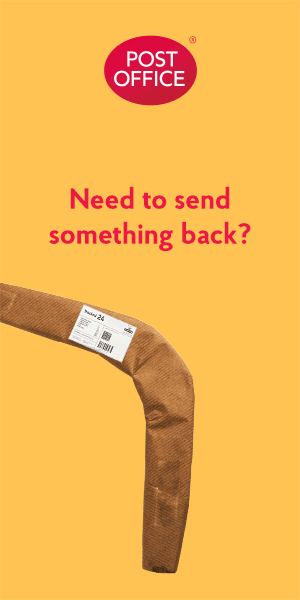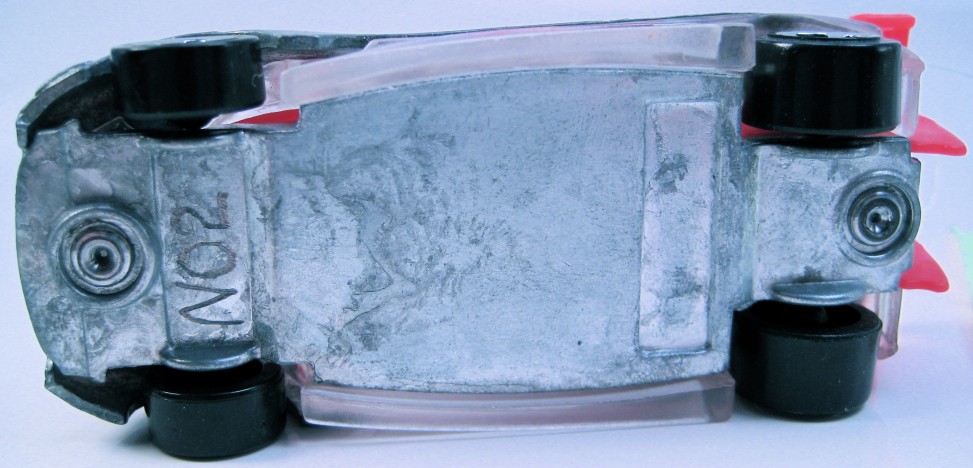The development cycle from design to production has had some significant shortcuts with the advent of 3D printing. Plastic and metal parts for housings can be designed and tested for fit in the 3D model, then sent to the printer for modeling to test form and function. The 3D printer can only produce very limited quantities for testing, anything more than one or two parts and you will need to look at developing a pre-production cycle of manufacturing.
Understand what pre-production is
Pre- production is the process of moving from the prototype stage into full production of a product. In the pre-production stage you are designing and learning about; the manufacturability of the object, the process for manufacture, component issues, production costs, the reliability of the product and the manufacturing process, maintainability of the process, regulatory issues, support, and repair issues. You are looking at the entire process for holes and weaknesses, areas where you can save money and areas that can help with quality.
Vendor strategies
In pre-production, you are looking at your strategies for dealing with production numbers. You are trying to balance sales estimations with realities of production. In the transition, you will be engaging with your vendors to work out just in time strategies for parts deliveries. You may have to develop tool making and mold building strategies and timelines to prepare for market increases from pre to full production. Quite often, this may involve going from onshore to overseas production. The biggest issue facing you is time to market and time from pre to full production.
Market studies
Pre-production allows you to put limited numbers of units in the hands of beta testers for evaluation and market analysis. If you are in a market where there is heavy competition, you may have to work to ensure secrecy in this part of the process. The goal is to analyze data regarding the appeal of your product to the end user, to evaluate the desire of the end user to have the product and to test the usability of the product. From your data acquisition, you plan out your intentions for manufacturing ramp up, from moderate production towards amazing if what you are making becomes insanely popular.
Staffing
As you move from pre-production, you also develop your plan for staffing to support production needs. This includes support, manufacture, and sales. Within the cycle of getting your product to market, there are timelines and strategies for setting yourself up for success. Pre-production orders drive production staffing by allowing you to have paid orders waiting for delivery and use. Initial investments in sales and marketing staff can drive production and be exceptionally valuable. Additionally, you are training and evaluating manufacturing technicians in preparation for growth.
At the speed that products go from idea to market, you have to have a very aggressive plan to introduce your product into production. It might be worth using something like this plm software to help improve efficiency of the manufacturing process and save your business money. A strategic and fast paced pre-production cycle will be a huge benefit to you as you go online.


